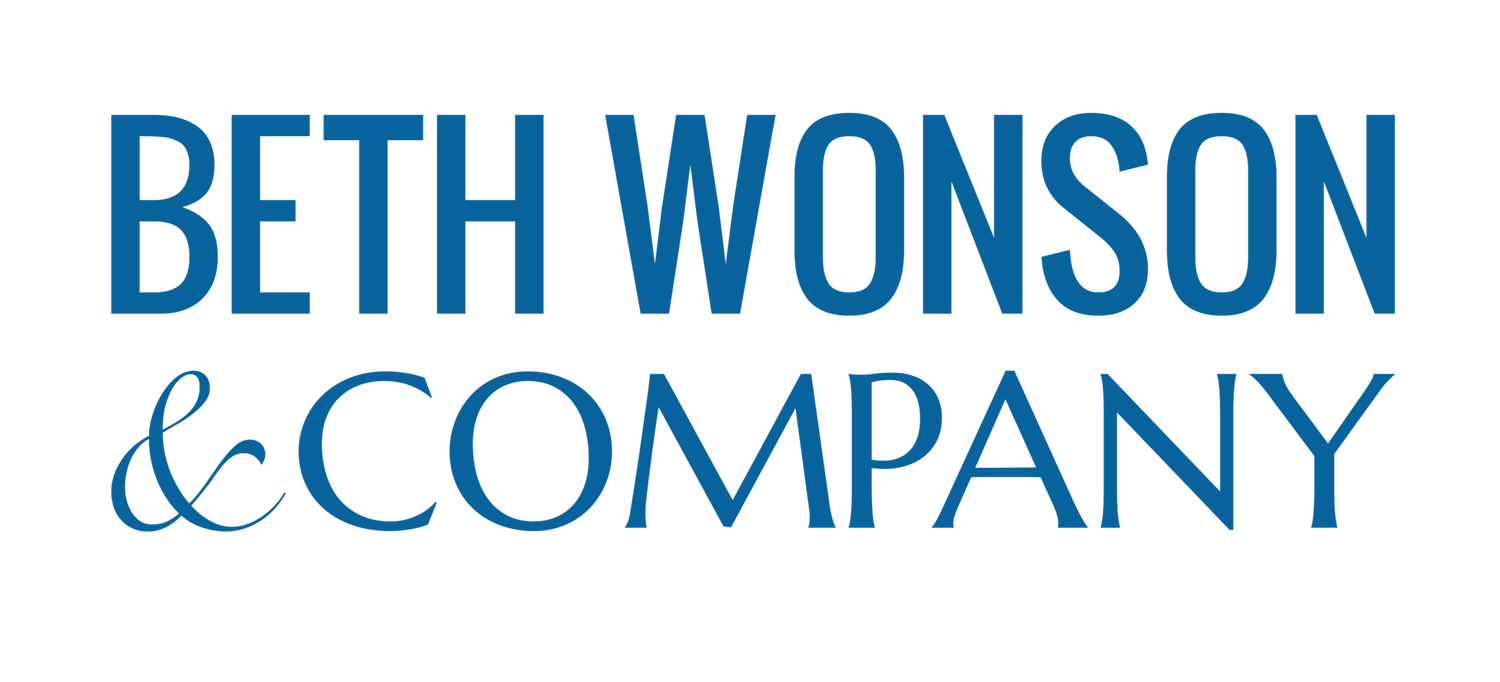Answering Unanswerable Questions
The primary challenge brought up by clients these days is: How do I answer unanswerable questions?
“Will there be layoffs?”
“When are we going back to work in the office?”
“Will I be safe at work?”
“What happens if my daycare isn’t open yet?”
If you are a boss, supervisor, leader, business owner, or people manager of any kind, you are likely being faced with a deluge of unanswerable questions — and wondering how you can answer with honesty and integrity while continuing to build trust and maintain employee engagement.
Why unanswerable questions are so challenging!
Reason #1
As humans we have a strong desire to help people get relief from emotional discomfort. Few things are as uncomfortable as the unknown. Especially when it impacts safety, financial security, or health.
Reason #2
We have an inherent desire to avoid looking like we don’t know what’s happening. This drives us to provide answers to questions even when we don’t know the answer.
Reason #3
We seek opportunities to reassure our own fears through dialogue with others so sometimes we react to unanswerable questions with what we hope will be true. In other words, we sugar coat the truth.
So what’s the big deal if we tell people what they (and we) want to hear?
Trust is the foundation of connection. Connection is essential for workplaces and teams where motivation, engagement, and pride are present. Trust is built one conversation at a time and one experience at a time. Trust is destroyed in the same way.
And we all know that during this time, when the majority of people are working remotely, connection and trust are essential.
So what’s the solution for answering the unanswerable?
We developed a simple framework to use for providing answers during uncertainty. We teach the framework to all our clients, I use it myself and here it is for you to use:
Here is what I know.
The content here is always fact-basedHere is what is still unknown.
This includes all the stuff people are wanting to hear for which there are no factsHere is what I can’t talk about.
This includes personnel issues, legal issues, HIPPA concerns, gossip, and leadership decisions not yet ready for sharing.
Simple right?
Let’s apply the framework to a real scenario so you can see how it looks in practice.
Staff: “Hey Beth. I heard we might be returning to the office soon. Do you know when? And what if my kids daycare isn’t open yet? Can I still work from home?”
Me: “Thanks for asking. Here’s what I know. The Governor did say we’d be moving into Stage 3 soon. And when that happens, we will be approved to return to work in the office.
Here’s what I don’t know. There has been no actual date set yet. And I also don’t yet know what accommodations must be made to the physical space in order for us to fully comply. So when this all will happen in an unknown.
Here’s what I can’t yet talk about. The leadership team is looking at the impact of the day care gap but its just discussion at this point and there are no decisions ready to be shared.
We will be updating you as there are new facts to share”.
There are variations of challenging dialogues.
Depending on the level of leadership you operate in, you may be responsible for many planned communications about tough subjects such as at all staff meetings. This is a great framework within which you can deliver those types of messages.
Then there will be times when unanswerable questions catch you off guard. We call these surprise dialogues. Surprise dialogues are often when we get into the most trouble. If we in fact don’t have an answer, our amygdala is likely to process that as fear or danger and cause us to have an automatic reaction to get us out of danger. This is when we use phrases such as “Don’t worry. It will all be fine”. Or “Don’t be concerned. I will do everything I can to take care of it for you.”
While these answers may temporarily make us feel like we helped the person, the reality is that we may not be able to actually make it fine for them. When they get that news, trust, which is build and destroyed one conversation at a time, will likely be negatively impacted.
The best way to prepare yourself to so you can stay centered and focused on facts, even in surprise dialogues, is to practice the application of the framework shared above.
A great way to practice is to simply brainstorm a list of the most unanswerable questions you anticipate having to deal with and run them through the framework.
The organizations and companies that will sustain and even thrive after this pandemic has passed are the ones who are intentional in how they communicate with and develop the working relationships with their people.
The cornerstone of solid working relationships is always truth and authenticity.
Interested in learning more on this topic?
Click here for replay of our most recent live discussion and a handout that explains the framework in depth.
Have a Question? Let’s Talk Today
You may be facing a challenge or weighing an action and aren’t sure where to start, or what a solution even looks like. Contact Beth today! It’s 100% confidential so you can freely discuss the challenges you’re facing and unlock a path forward. Or Get Started with our resources library and books.
